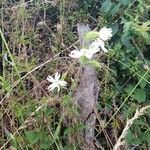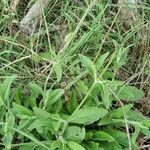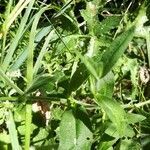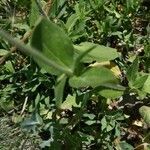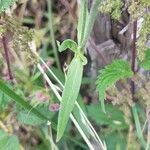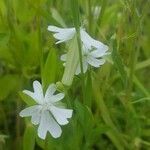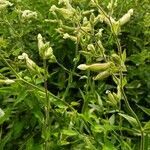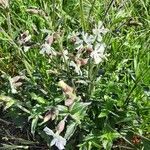Strongly hirsute annual 3–8 dm; lvs lanceolate to oblanceolate, 3–8 cm × 3–35 mm, the lower usually ciliate-petiolate, the upper sessile; infl usually one or more times dichotomous, with leafy-bracteate, monochasial, raceme-like branches; fls mostly perfect; cal narrowly tubular, 10–15 mm, the 10 green nerves hirsute; pet white to reddish, without auricles, the appendages truncate, 0.2 mm, the blade rhombic-cuneate, 5–9 mm, deeply 2-lobed; stamens exsert (or vestigial); carpophore 2–4 mm; fr 3-locular; seeds 1–1.3 mm wide, finely rugose; 2n=24. Native of Eurasia, widespread as a weed in the U.S. Summer.
A herb.
